(This article originally appeared in the bi-weekly newsletter, Vitamin We.)
2024 is a Wood Dragon year according to Chinese astrology – Picture a dragon soaring through a forest with towering trees that is bringing us a year with upward momentum, epic transformation, and a spring-like fresh start 🌲🐉
When you think of a Dragon, what pops into your mind?
Game of Thrones?
Dragon Ball Z?
Bruce Lee?
The Draco Constellation?
Isn’t it fascinating that this mythical creature has appeared independently throughout history in art, mythology, and folklore across many cultures and civilizations thousands of years before the internet?
Let’s take this chance to explore the mythical symbolism of the Dragons in different cultures!
The Chinese Dragons
Often depicted in stories as the mighty masters of transformation and a symbol of nobleness, strength, ambitions, power, and success, Dragons are deeply rooted in Chinese culture and many East Asian countries.
They were found as carvings on stones and bones as early as 6200 BC. In Chinese mythology, dragons live in the underwater worlds, fly through mists and clouds, and control the weather and oceans – in particular, the rain, the thunders, and floods.
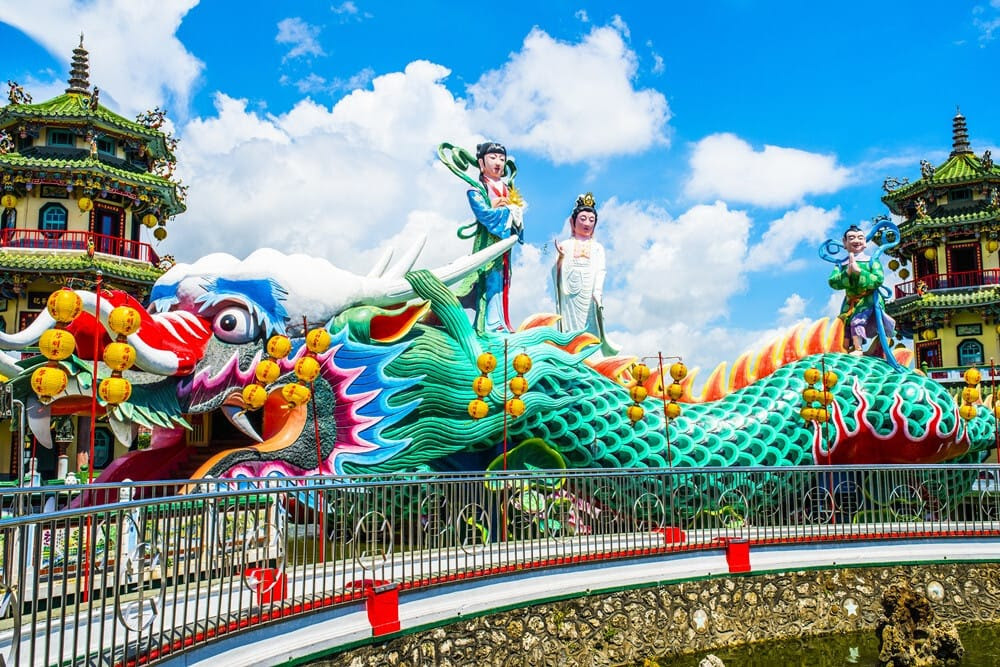
It is said that the Dragon is a large-scale reptile that can shrink, stretch, or disappear. Visually, they look like a collage of 9 different animals, sometimes with wings, sometimes don’t:
- The horns of a deer
- The head of a camel
- The eyes of the shrimps
- The neck of a snake
- The abdomen of a large cockle
- The scales of a carp
- The claws of an eagle
- The paws of a tiger and
- The ears of an ox
(talking about biodiversity when creating a fictional creature 😂 )
My curiosity in Chinese metaphysics started at 13. In Chinese Constellations and Feng Shui, Green Dragons (East) are one of the four celestial guardians, along with the White Tigers (West), Red Phoenixes (South), and Black Tortoises (North).
In I-Ching (aka the Book of Changes), an ancient classic that describes the foundational philosophy of the cycles of lives, hexagram #1 begins with explaining Dragon’s six stages of development – strategies we can use to bring change and success when we tap into our creative power and transformational ability to take appropriate actions at the right timing.
Ancient Chinese Emperors took the Dragon as a totem of imperial power, for they referred to themselves as the privileged “sons of the Heaven” and hence were authorized by the Divine to rule the country – often accompanied by tales of dragon-like birthmarks and esoteric dreams to demonstrate they are the “chosen ones”.
As part of a trend that started in the 1970s when different Asian nationalities were looking for animal symbols as representations, sometimes Chinese people use the term “Descendants of the Dragon” as a sign of ethnic identity.
The European Dragons
Medieval Dragons that appeared in European folktales were usually winged fire-breathing beasts, typically depicted as large, fire-breathing, scaly, horned, lizard-like creatures; they also have leathery, bat-like wings, four legs, and long, muscular, prehensile tail.
As historian Scott Bruce, editor of the Penguin Book of Dragons, explains, in the medieval mindset, dragons stood “as the enemies of humankind, against which we measure the prowess of our heroes.”

Dragons played a significant role in Ancient Greek mythology. Many Greek heroes fought or encountered draconic creatures. Heracles slayed the Lernaean Hydra, Jason drugged a sleepless dragon guarding the Golden Fleece, Zeus battled the monster Typhon, and Cadmus fought the Dragon of Ares.
So, Dragons appeared in Europe are simultaneously natural and supernatural, representing the shadow side of humanity; A dragon-slaying scene is often a climax of the epic stories of a hero’s journey!
Meanwhile, the Welsh Dragons are different – Ancient leaders of the Celtic Britons were personified as dragons, and for modern use, the red dragon of Wales, as an emblem, is present on the national flag of Wales and became an official flag in 1959.

Dragons in Ancient Egypt & Middle East
In Ancient Egyptian mythology, Apep or Apophis is a giant serpentine creature who resides in the realm of the dead or below the horizon.
The Enigmatic Book of the Netherworld, an ancient Egyptian funerary text found in the tomb of Tutankhamun, depicts the ouroboros, an ancient symbol showing a serpent or dragon eating its own tail. The symbol persisted in Egypt into Roman times, when it frequently appeared on magical talismans, sometimes in combination with other magical emblems.

In Zoroastrian literature from Iran and Persia, dragons such as Aži Dahāka, meaning ‘Avestan Great Snake,’ were seen as the personification of sin and greed.
Dragons in South America
Quetzalcoatl was an Aztec and Mayan creator god who was also the patron of rain, science, agriculture, and much more. His name means Feathered Serpent in Nahuatl, the Aztec language, and he was depicted as a combination of the green quetzal bird and a serpent.

Extra: 2024 Dragon Stamp Designs Around the World
Are you a stamp collector or designer? Many post offices around the world have issued 2024 Year of the Dragon stamps – this Instagram post made a collage that works as an excellent visual inspiration:
Summary:
Are these “Dragons” referring to the SAME creature? No one truly knows.
But I can’t help but think maybe the ancient humans had access to the same “cloud” of collective intelligence – otherwise, given they were physically miles away thousands of years ago, why would similar elements show up in their imagination when they created stories 🧐 ?
Perhaps this is how creativity works anyway – when we are in flow, we get into a state where we establish a connection to our muse, then we download the idea, filter the message through our minds, and use our unique ways of expression to translate the ideas into concrete forms of arts and literature to share, to communicate, to express🙌
About We Stories

We Stories is the Hub for Creatives Worldwide – A Circle of Trust to support passionate, heart-centered creatives who are here to move mountains with the power of emotions, empathy, trust, and co-creation.
Everyone is born a storyteller. When we circulate stories as our currency to connect, whether with words, voice, movement, or various art forms, stories across time and space can help us make sense of our world + THE world, and rekindle what makes us human.
We are fulfilling this mission via our podcasts, our bi-weekly newsletter, Vitamin We (Subscribe now!), and more! If you feel called, come play with us!
From human resources to human design, Ponny Lam is a multi-passionate empath here to build the future of work that brings out the best in every human via creativity, personal power and alignment. She is Head of Content at We Stories, a career educator, and an empowerment coach for women.

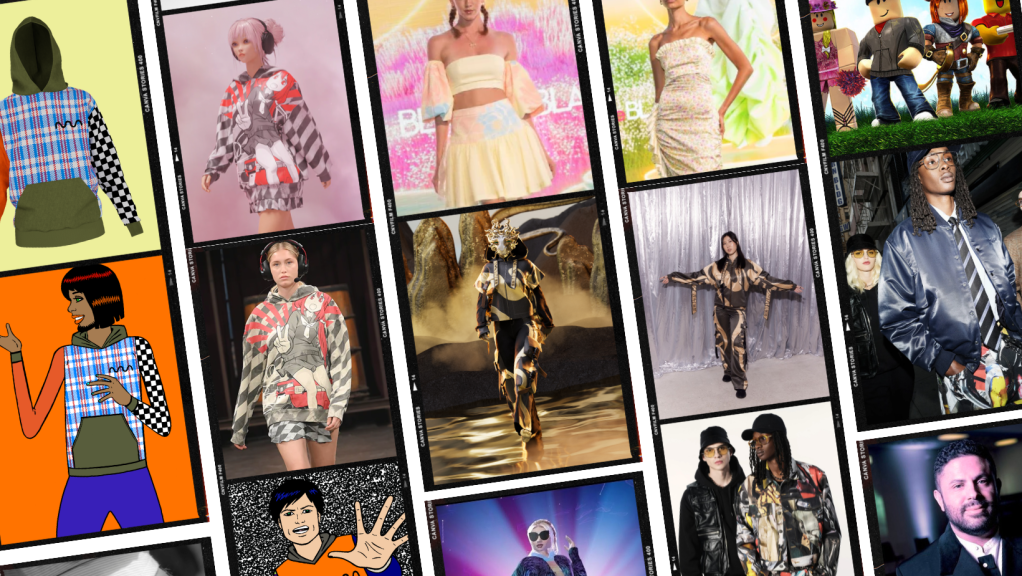
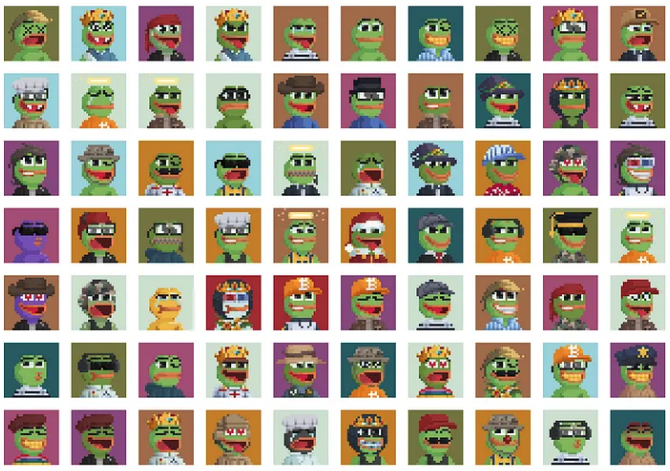
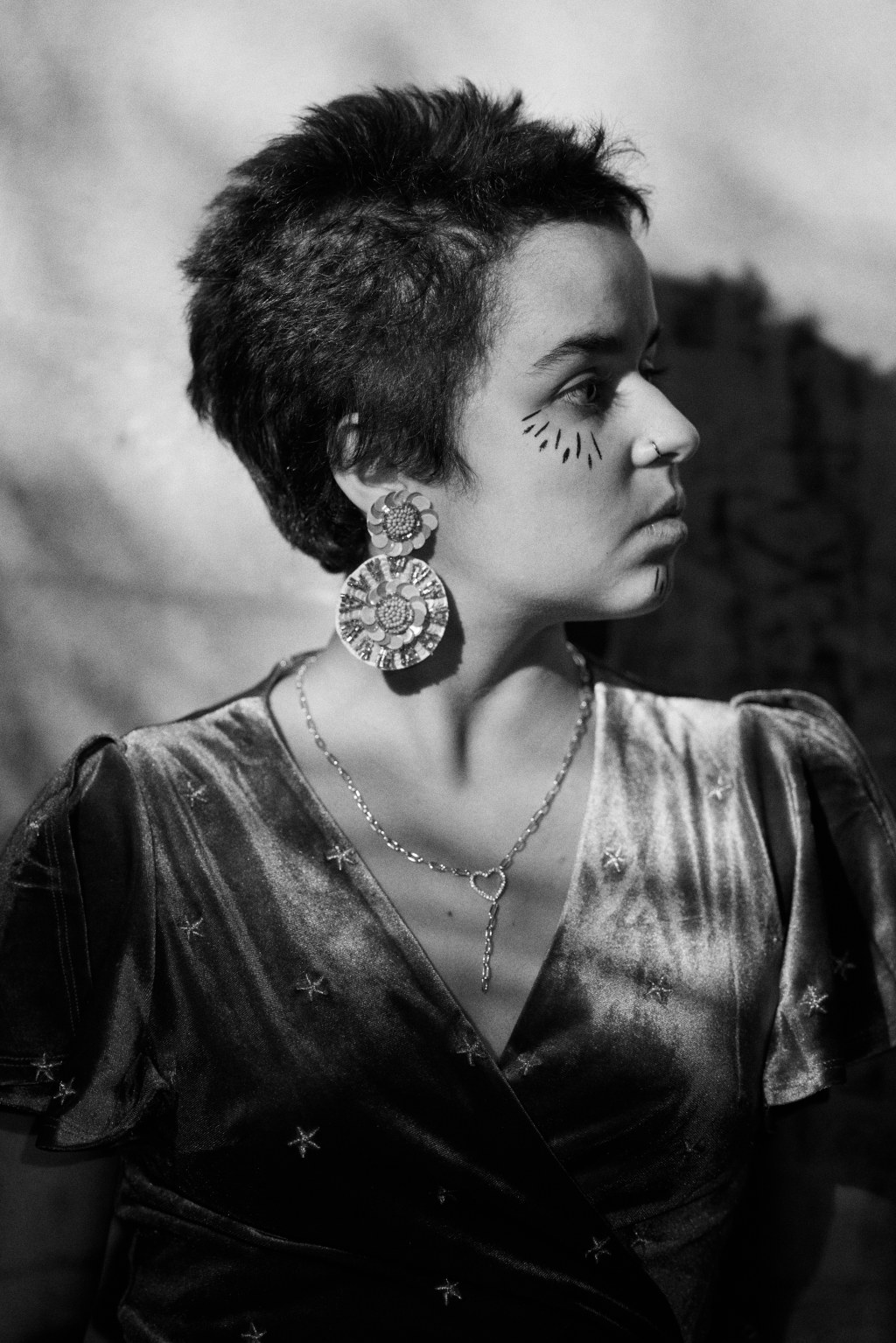
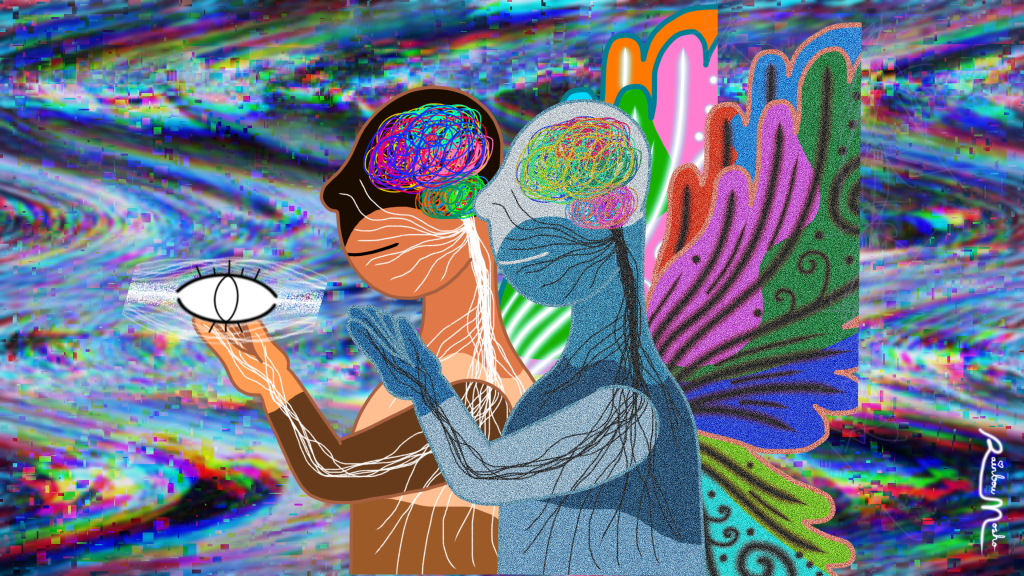

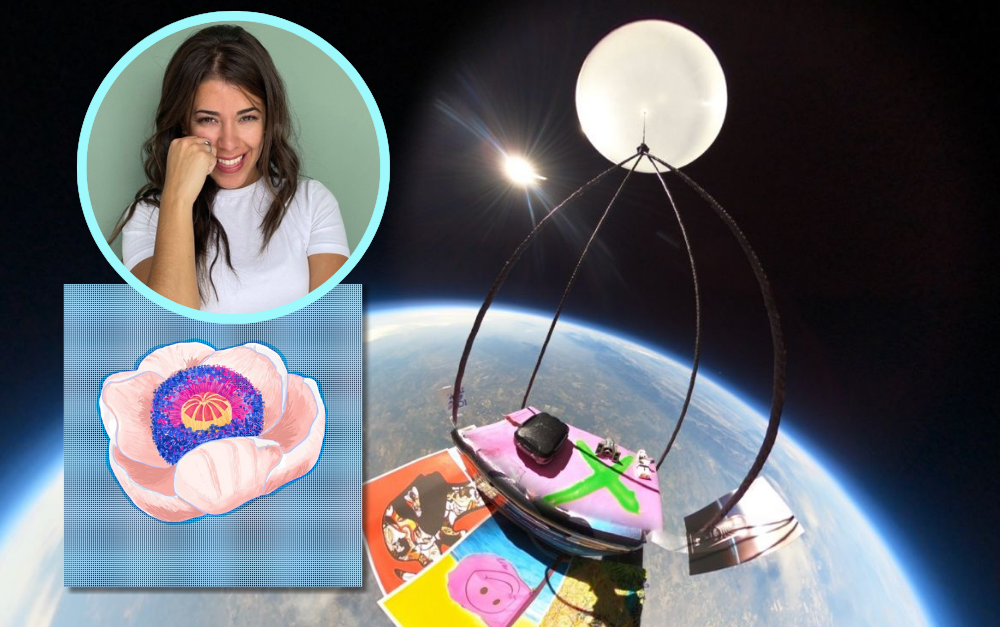
Leave a comment